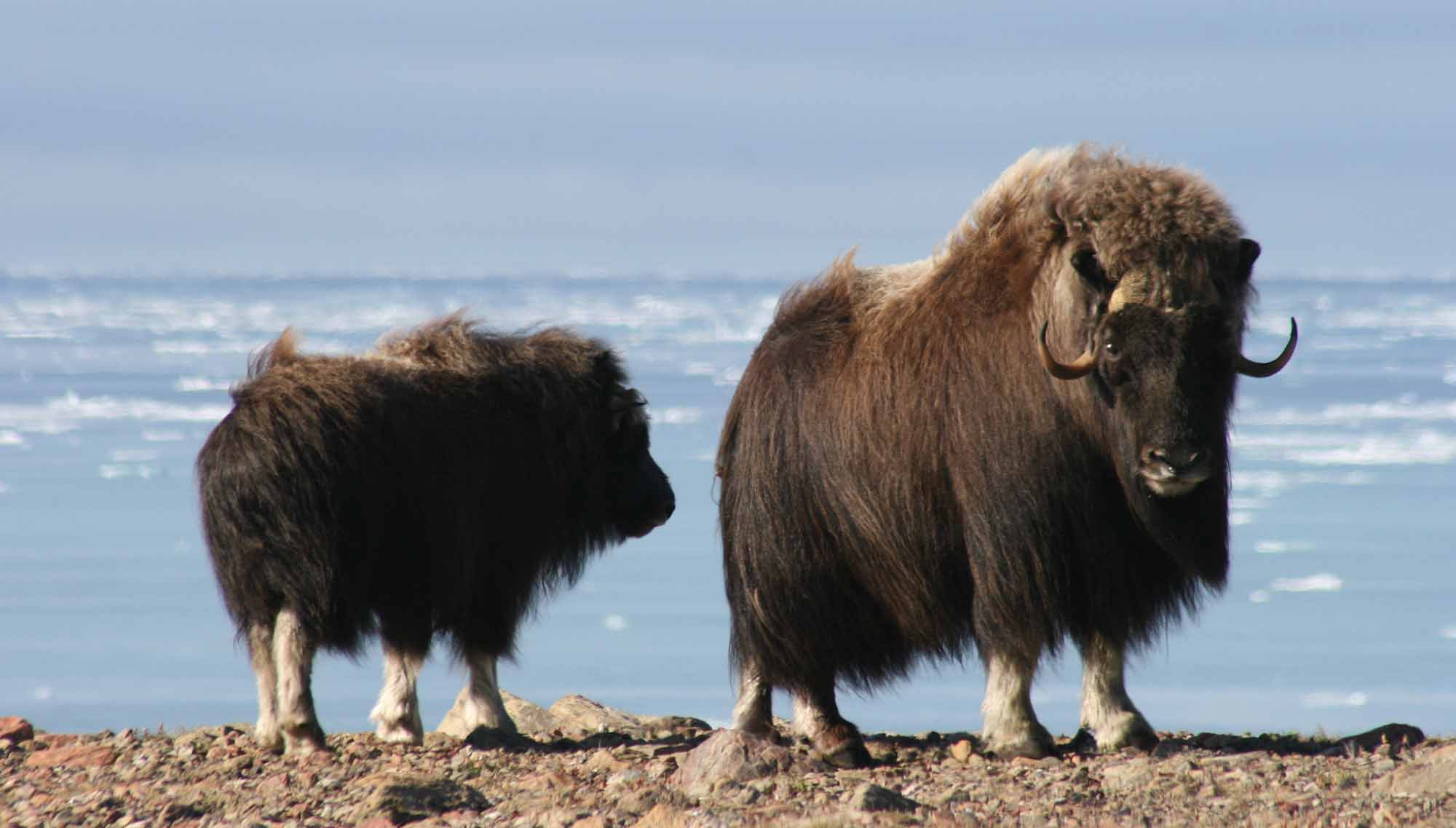Article
Apricot
Apricot is the common name for certain members of genus Prunus of the rose family, which produce sweet, round or oblong, nearly smooth fruit (resembling a small peach), with a large, flat stone.

Enter your search term
Signing up enhances your TCE experience with the ability to save items to your personal reading list, and access the interactive map.
Create AccountArticle
Apricot is the common name for certain members of genus Prunus of the rose family, which produce sweet, round or oblong, nearly smooth fruit (resembling a small peach), with a large, flat stone.
"https://d3d0lqu00lnqvz.cloudfront.net/media/media/55dc5bfc-48e3-4779-86de-cc2981e1d1fb.jpg" // resources/views/front/categories/view.blade.phphttps://d3d0lqu00lnqvz.cloudfront.net/media/media/55dc5bfc-48e3-4779-86de-cc2981e1d1fb.jpg

Article
Arachnida is a large class of chelicerate arthropods (segmented, jointed-limbed animals) including the orders Araneae, Scorpiones, Opiliones, Pseudoscorpiones, Solifugae and the subclass Acari.
"https://d3d0lqu00lnqvz.cloudfront.net/media/media/8eb04cf7-636d-460f-a5d4-bedd5bf6298d.jpg" // resources/views/front/categories/view.blade.phphttps://d3d0lqu00lnqvz.cloudfront.net/media/media/8eb04cf7-636d-460f-a5d4-bedd5bf6298d.jpg

Article
Representative specimens are usually labelled with their common and scientific names, family name and the country of origin may appear as well. The parents of hybrids may also be indicated.
"https://d3d0lqu00lnqvz.cloudfront.net/media/media/d306f969-7324-46e4-a07e-7f4914f3eccf.jpg" // resources/views/front/categories/view.blade.phphttps://d3d0lqu00lnqvz.cloudfront.net/media/media/d306f969-7324-46e4-a07e-7f4914f3eccf.jpg

Article
Arctic animals are those that have adapted physically and behaviourally to the particular conditions of life in the most northerly regions on the planet.
"https://d3d0lqu00lnqvz.cloudfront.net/media/media/76466b5d-e9ad-4752-b340-80f9ba594f83.jpg" // resources/views/front/categories/view.blade.phphttps://d3d0lqu00lnqvz.cloudfront.net/media/media/76466b5d-e9ad-4752-b340-80f9ba594f83.jpg

Article
Humans have been exploring the North American Arctic for centuries, beginning about 5,000 years ago when Palaeo-Inuit were looking for a homeland, followed by the early Inuit (Thule) — ancestors of the Inuit. European exploration of the same region began with the Norse in the 10th century and, after a short pause, was continued by Englishmen during the Elizabethan era (1558–1603). Over the next several hundred years, explorers ventured to the Arctic in search of resources, scientific knowledge, national prestige, personal fame and a navigable Northwest Passage. The most successful of these explorers adapted to the harsh Arctic environment and adopted the tools and practices of northern Indigenous peoples.
"https://d3d0lqu00lnqvz.cloudfront.net/media/media/638a4852-8110-4fa7-96bd-db84e3e1dcaa.jpg" // resources/views/front/categories/view.blade.phphttps://d3d0lqu00lnqvz.cloudfront.net/media/media/638a4852-8110-4fa7-96bd-db84e3e1dcaa.jpg

Article
Once one of the purest and cleanest places on Earth, the Arctic has been tarnished, dimmed by a dirty blanket of reddish-brown smog. Coined in the 1950s, the arctic haze which arrives each fall and winter is a totally unexpected phenomenon recorded nowhere else on Earth.
"https://www.thecanadianencyclopedia.ca/images/tce_placeholder.jpg?v=e9dca980c9bdb3aa11e832e7ea94f5d9" // resources/views/front/categories/view.blade.phphttps://www.thecanadianencyclopedia.ca/images/tce_placeholder.jpg?v=e9dca980c9bdb3aa11e832e7ea94f5d9

Article
The Subarctic covers a relatively large area in eastern Canada; its western counterpart, formed where Pacific and Arctic waters meet and mix, is restricted to a narrow band along the shore of the Beaufort Sea (see Coastal Waters).
"https://www.thecanadianencyclopedia.ca/images/tce_placeholder.jpg?v=e9dca980c9bdb3aa11e832e7ea94f5d9" // resources/views/front/categories/view.blade.phphttps://www.thecanadianencyclopedia.ca/images/tce_placeholder.jpg?v=e9dca980c9bdb3aa11e832e7ea94f5d9

Article
Arctic sovereignty is a key part of Canada’s history and future. The country has 162,000 km of Arctic coastline. Forty per cent of Canada’s landmass is in its three northern territories. Sovereignty over the area has become a national priority for Canadian governments in the 21st century. There has been growing international interest in the Arctic due to resource development, climate change, control of the Northwest Passage and access to transportation routes. As Prime Minister Stephen Harper said in 2008, “The geopolitical importance of the Arctic and Canada’s interests in it have never been greater.”
"https://d3d0lqu00lnqvz.cloudfront.net/media/media/98ad523f-8b74-429e-864d-27b1e0f18ac9.png" // resources/views/front/categories/view.blade.phphttps://d3d0lqu00lnqvz.cloudfront.net/media/media/98ad523f-8b74-429e-864d-27b1e0f18ac9.png

Article
Arthropoda, phylum of bilaterally symmetrical animals having external skeletons (exoskeletons), multisegmented bodies and paired, jointed appendages.
"https://d3d0lqu00lnqvz.cloudfront.net/media/media/8eb04cf7-636d-460f-a5d4-bedd5bf6298d.jpg" // resources/views/front/categories/view.blade.phphttps://d3d0lqu00lnqvz.cloudfront.net/media/media/8eb04cf7-636d-460f-a5d4-bedd5bf6298d.jpg

Article
Artiodactyla is an order of even-toed mammals that walk on their toenails (unguis). This and the other order of hoofed mammals, the Perissodactyla, are collectively called ungulates.
"https://d3d0lqu00lnqvz.cloudfront.net/media/media/3a709b78-b386-493f-a455-f16fe201283d.jpg" // resources/views/front/categories/view.blade.phphttps://d3d0lqu00lnqvz.cloudfront.net/media/media/3a709b78-b386-493f-a455-f16fe201283d.jpg

Article
The name asbestos comes from a Greek word meaning "inextinguishable" (often mistaken to mean "incombustible"). Asbestos is a collective term that is used to designate 2 separate groups of silicates: the serpentine group and the amphibole group.
"https://www.thecanadianencyclopedia.ca/images/tce_placeholder.jpg?v=e9dca980c9bdb3aa11e832e7ea94f5d9" // resources/views/front/categories/view.blade.phphttps://www.thecanadianencyclopedia.ca/images/tce_placeholder.jpg?v=e9dca980c9bdb3aa11e832e7ea94f5d9

Article
Ash (Fraxinus), genus of trees or shrubs of olive family (Oleaceae). About 60 species occur worldwide, primarily in cold temperate regions; 4 are native to Canada.
"https://www.thecanadianencyclopedia.ca/images/tce_placeholder.jpg?v=e9dca980c9bdb3aa11e832e7ea94f5d9" // resources/views/front/categories/view.blade.phphttps://www.thecanadianencyclopedia.ca/images/tce_placeholder.jpg?v=e9dca980c9bdb3aa11e832e7ea94f5d9

Article
Asparagus (Asparagus officinalis) is a perennial vegetable of the Lily family. Of Eurasian origin, asparagus was grown for food and medicinal purposes over 2000 years ago.
"https://d3d0lqu00lnqvz.cloudfront.net/media/media/a1d04390-36e0-420d-8445-76ef748ec582.jpg" // resources/views/front/categories/view.blade.phphttps://d3d0lqu00lnqvz.cloudfront.net/media/media/a1d04390-36e0-420d-8445-76ef748ec582.jpg

Article
Aspen, deciduous, hardwood tree in genus Populus of Willow family. Trembling (quaking) aspen (P. tremuloides) and largetooth aspen (P. grandidentata) are native to Canada.
"https://d3d0lqu00lnqvz.cloudfront.net/media/media/bad66da4-fe45-4742-b884-f8b9c87aa601.jpg" // resources/views/front/categories/view.blade.phphttps://d3d0lqu00lnqvz.cloudfront.net/media/media/bad66da4-fe45-4742-b884-f8b9c87aa601.jpg

Article
Aster [Lat, "star"], the common name applied mainly to 2 herbaceous genera (Aster and Callistephus) of flowering plants in family Compositae or Asteraceae. Over 250 species of true Aster are known worldwide. Of 52 Aster species native to Canada, about 40 have been brought under cultivation. A.
"https://d3d0lqu00lnqvz.cloudfront.net/media/media/dd0a491b-6357-474b-bdb7-84fb57810e58.jpg" // resources/views/front/categories/view.blade.phphttps://d3d0lqu00lnqvz.cloudfront.net/media/media/dd0a491b-6357-474b-bdb7-84fb57810e58.jpg
